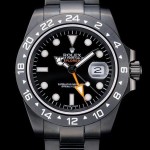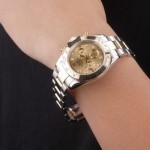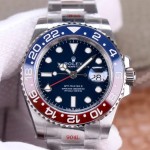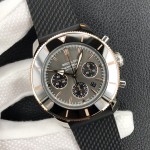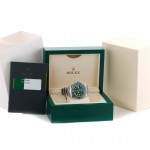The Value Proposition Significant Undervalued Replica Watches
As the ’80s comes to an end, Phillips’ respected head of watches in New York answers a big question. So, what should you buy? It reminded me of an email I received in 2019 from Ben Clymer, who asked some friends their thoughts on watches we think should be worth more than they are. As I pondered my answer, several pieces that were introduced in the 1980s came to mind, and a theme emerged around what I miss about this decade. 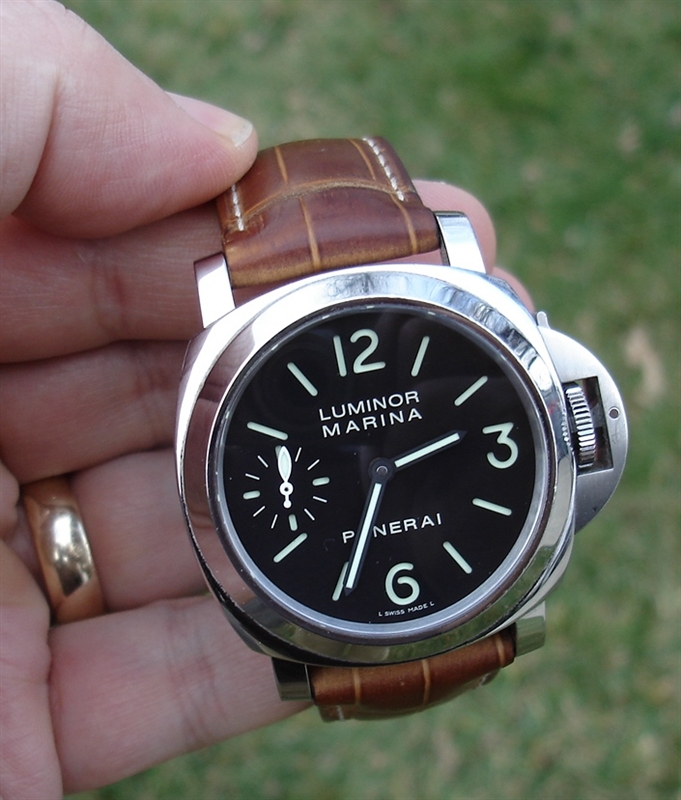
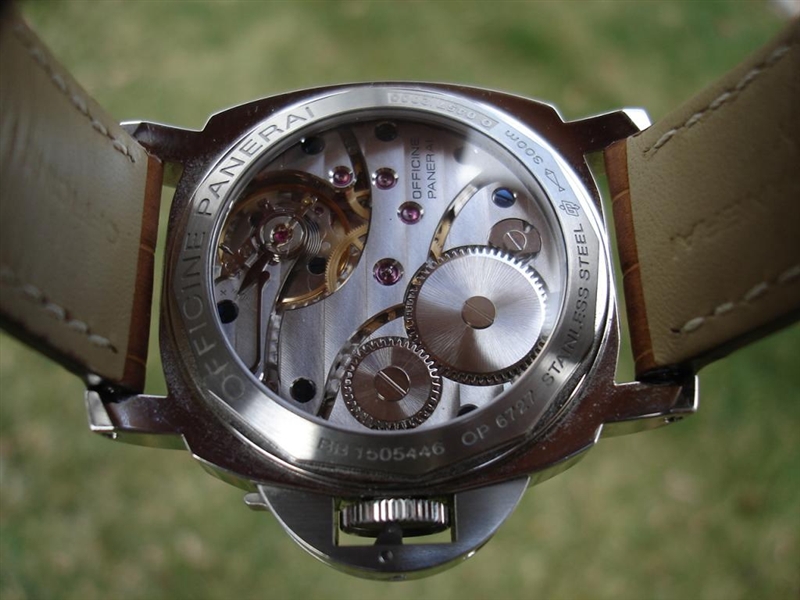
As the brands emerged from the shadow of the quartz crisis, some very important and innovative fake rolex watches appeared on the market that offer great value to today’s collectors considering their current market prices.
There is no doubt about it – Swiss brands struggled to survive the onslaught of low-cost, very accurate quartz watches powered by batteries, and countless brands failed to survive. But one thing I have learned over the years from working with my Swiss colleagues is that the Swiss are highly competitive and are ranked as the third most competitive country in the 2020 world competitiveness rankings. Under such pressure, amazing creativity has emerged in the field of mechanical watches.
Since 1941, Patek Philippe has continued to produce perpetual calendars and perpetual calendar chronographs. It was not until 1955 that replica Audemars Piguet introduced the groundbreaking Ref. 5516, and it was not until 1985 that another brand produced a serialized perpetual calendar chronograph – IWC with the Da Vinci Chronograph.
The Rolex line saw many interesting developments during the 1980s. the Cosmograph Daytona went from being the brand’s best-selling model to its most popular, thanks to the brand’s first self-winding chronograph movement, models 16520, 16523, and 16528, introduced in 1988. The quick-set date function made models such as the Day-Date more user-friendly, and the use of sapphire crystals was common to all the brand’s models, bidding farewell to the vintage era of acrylic crystals.
Rolex introduced an important dial change that continues to this day. 18 years later, Rolex switched from the matte dial used since 1967 to a bright, glossy lacquered dial with white gold luminous hour markers. As a result, glossy dial versions of these acrylic crystal models are quite rare, with the 5513 and 16750 being produced for only six and four years respectively. They combine the best of both worlds, vintage and modern, and remain quite affordable as knowledge of these rare variants is not widely available.

